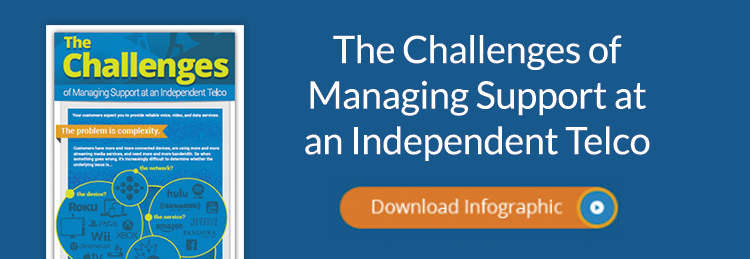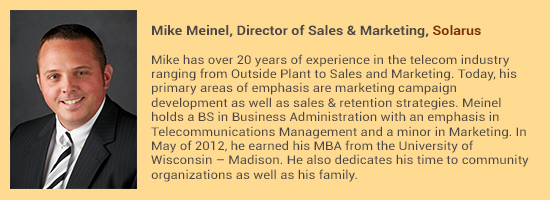
Interactions with call center agents can make or break a customer experience. A good experience can help retain a customer for life. It can also afford you an opportunity to up- or cross-sell customers on additional products. In contrast, a bad experience can lose a customer in minutes. But providing the level of support your customers expect today is becoming progressively more difficult.
Times Have Changed
Telcos once only provided voice services over copper lines. The problems customers reported were typically either that the line was dead or that it worked but the connection was noisy. Troubleshooting issues like those was straightforward: it was generally either the line (whether outside or inside the customer’s premises) or the telephone itself. To resolve it, telcos typically rolled a truck because little could be diagnosed or resolved remotely. Customers generally understood that and didn’t expect immediate resolution.
Over time, however, telcos added service offerings such as cable TV, VoIP, and broadband data. As a result, the number and variety of issues that telcos were confronted with exploded. Data services became particularly problematic with the rise of bandwidth-hungry Internet apps and services such as Netflix and Spotify, and with connected devices such as streaming media players and mobile phones, all of which used the data pipe telcos provided.
Customer expectations exploded, too. In today’s “always on” digital world, customers expect that they can reach someone 24/7/365, and that most problems can be diagnosed and resolved remotely.
The Challenge Is Complexity
Today, it’s common that a customer will call a telco with a deceptively simple issue such as, “My Internet connection stopped working.” The agent now has to determine the root problem, which can be far from simple. As a telco, your primary concern is determining whether there’s an issue within your network or with any customer premises equipment (CPE) you provided, such as a modem or wireless router. Remotely diagnosing and resolving these issues is usually fairly straightforward and, strictly speaking, that’s where the scope of your responsibility ends.
But your broader goal is customer satisfaction, and that means resolving the customer’s issue even if the root cause does not fall under your purview.
In everyday scenarios, the call center agent may have to troubleshoot:
- Multiple devices: a tablet, a router, and a modem
- An app
- A streaming media service
- Network issues
There are millions of combinations between multiple devices, multiple apps and services, and networks. The complexity will only increase over time as newer devices and services are launched, most of which will in some way use the data services you provide. Consider this:
- The average U.S. home has 5.7 Internet-connected devices running apps. Nationwide, that’s over 500 million devices.By 2017, 40% of U.S. Internet homes will have a streaming media player, bringing the total number of homes with these devices to 39 million.
No one knows what the future might bring. A few years ago, many would have laughed at the thought that a household thermostat would someday use your data connection. Whatever happens, it’s safe to say that modern technology will only become more prevalent in American homes.
A world-class technical support function is no longer a nice-to-have—it’s a must-have. Delight your customers and avoid expensive necessary truck rolls by doing your research and finding the right partner.
Image courtesy of flickr user alanclarkdesign.
Interested in publishing a sponsored post to Telecompetitor? Contact us or call 240-450-2161.

